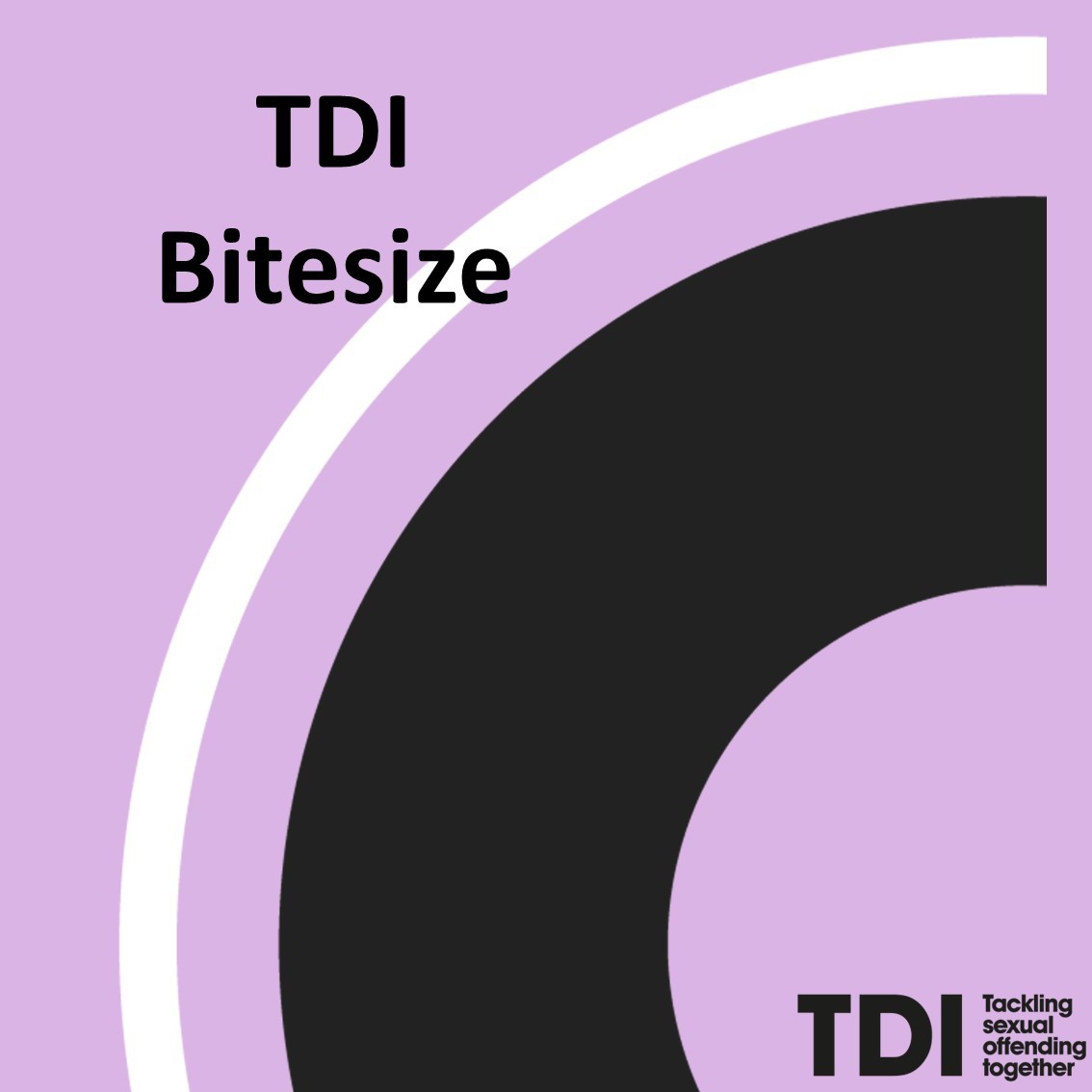
In a previous Explainer, we explained that most offenders live within the community. In this Explainer, we discuss some of the ways in which they are managed.
Remember: when we talk about the ‘Sex Offenders Register’, we are not talking about a big book of offenders. Rather, we’re talking about a set of ‘Notification Requirements’ - requirements that offenders update the Police as to their whereabouts and activities.
What different ways are there for managing offenders?
There are multiple ways in which offenders within the community are managed.
The main method is the MAPPA system—Multi-Agency Public Protection Arrangements. We spoke about these a little in our Explainer How are risks managed? We’ll talk some more about who is managed through this system below.
All offenders who have been imprisoned, and some who have not, will be subject to Notification Requirements for at least a period. Anyone who has served a custodial sentence of 30 months or more will be subject to these indefinitely.
Alongside these there are a set of civil orders—such as Sexual Risk Orders—which are restrictions on activity imposed by a court. These might include restrictions on computer use for those convicted of possessing child abuse images, for example.
The level of oversight offenders are subject to is related to their risk—more resources are given to controlling more dangerous offenders.
Names of offenders are not normally made public, but some disclosures can be made.






